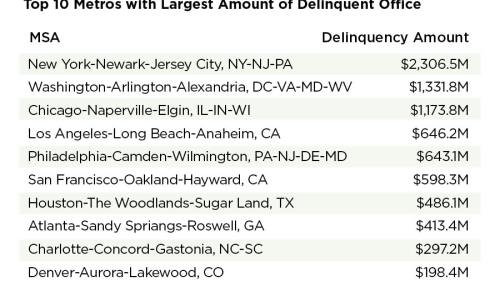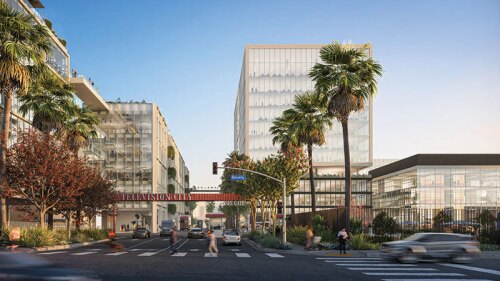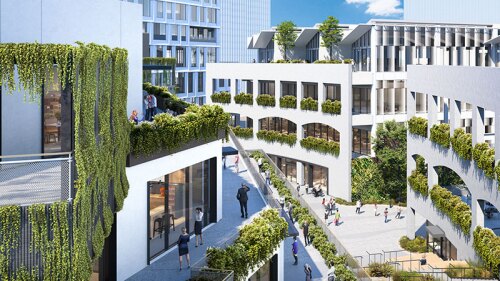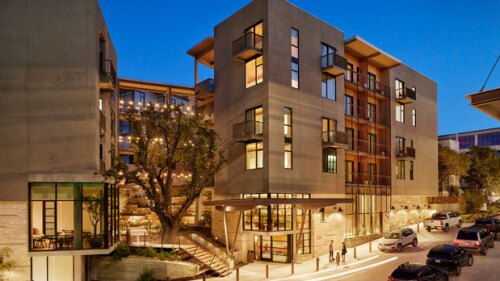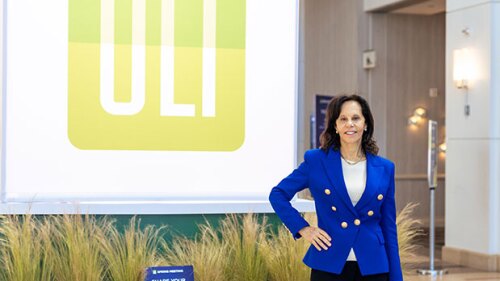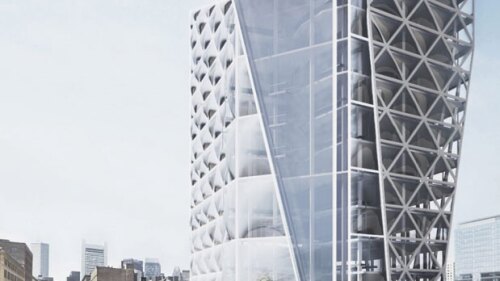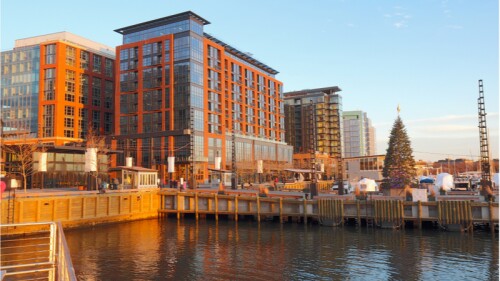Office
Many office property owners are heading for the exits amid weaker demand and looming debt maturities, while opportunistic private equity groups are leaning in to capture what could be once-in-a-generation buying opportunities.
Hollywood and the film industry has changed dramatically over the last several decades, especially in recent years with the rise of streaming networks.
Although residential fell more in the first quarter of 2023, office remains Europe’s most scarred commercial real estate sector, according to advisory firm Green Street. Government mandates around sustainability are also tightening, and Cushman & Wakefield says 76 percent of European office space could be obsolete by 2030 unless landlords start investing now.
While some big-box retail stores are closing, some developers are eyeing opportunities with retail-to-life science conversions or additions.
Mass timber has come a long way in the United States in the past eight years. Fulfilling mass timber’s green potential means responsible forest management and planning for what happens to the timber after the building’s end of life.
Despite ominous national headlines about New York City office, the vacancy rate is at 9.7 precent in the first quarter of 2022, a full 140 basis points above pre-pandemic levels, according to Moody’s. And, on the ground, New York City office landlords like Leslie Himmel, founder and co–managing partner of Himmel + Meringoff Properties, are doubling down on the city.
Perkins&Will is helping to develop a 2.0 version of the EC3 tool that will be used at Western Washington University to assess the impacts of the new Kaiser Bosari Hall computer science and electrical engineering facility. This new facility is a breakthrough building for the campus, as it is the first net-zero building on a university campus in Washington state.
A combination of passive and active building systems, solar photovoltaics, and building envelope technology drastically reduces building energy use.
ULI MEMBER–ONLY CONTENT: Speaking at the 2021 ULI Fall Meeting, panelists discussed recent transactions in the office sector and which segments had performed the best.
The economic recovery in Washington, D.C., continued through the close of the third quarter of 2021. Office leasing activity is ongoing, though at a slower pace than years past, while asking rents are rising (up 2.1 percent from 2020 according to Newmark). The overall D.C. vacancy rate is just over 18 percent, according to CBRE.

